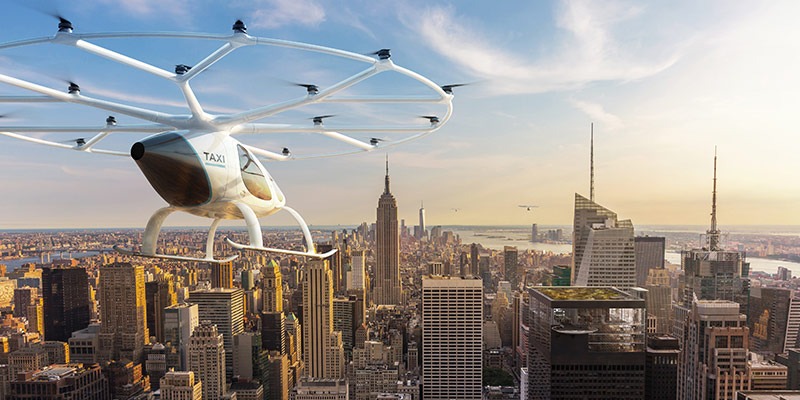
Where’s my flying car? Oh, wait – there it is. That long-awaited phantom technology of the future is finally hitting the high point of its hype cycle, and the future looks good. The Uber Elevate autonomous air taxi project stole hearts at CES 2019, and they seem confident about a projected 2023 rollout.
Uber isn’t alone, either: dozens of companies, from industry standards like Boeing to startups like Kitty Hawk, are developing some form of flying car technology, and many prototypes have already been successfully test-flown. There are safety and regulatory concerns underneath the hype, of course, but the technology to make one of our most elusive dreams a reality has finally arrived.
What kind of flying cars are we talking about here?
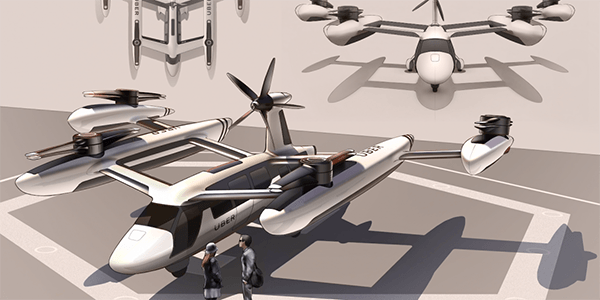
For most of the 20th century, the few flying cars that were built were essentially cars with extra hardware, using runways to get airborne and wings for lift. Some modern flying cars have kept this design, but the ones that are really taking off right now (pun intended) are mostly eVTOL (electric Vertical Take Off and Landing) vehicles flown using fans and AI.
The average flying car you might expect to see in the next decade or two will most likely look a bit like a large drone, with lots of small electric rotors/fans providing lift and thrust and compact, lightweight construction. Chances are you won’t own one since they’ll probably cost several hundred thousand dollars, but you won’t really need to. Most of the cars will be “air taxis,” autonomously piloted between designated landing sites, and you may actually summon it using an app.
There are other visions of the flying car future, of course, some more oriented towards traditional winged flying cars and human-piloted private aircraft, but the vast majority of projects in the flying car world right now tend to be some type of autonomous or semi-autonomous VTOL.
Who’s making these things?
There are dozens of companies promising to deliver the future of transportation, but the following are some of the most most talked about, in no particular order.
Uber Air/Uber Elevate (air taxi)

Test flight: yes
Potential release date: 2023 (in Dallas, Texas)
Uber isn’t building its own flying machines, but it may be one of the key drivers behind the eventual success of air taxis, thanks to the network of R&D partners it has been building. The Elevate Network includes Bell Helicopters, Aurora Flight Sciences, Embraer, Pistrel Aircraft, Karem Aircraft, and many, many others. It has a particular vision and a particular set of standards, and with so many different teams building towards it, our future flying cars are very likely to bear some of Uber’s fingerprints.
Airbus: Vahana (air taxi)
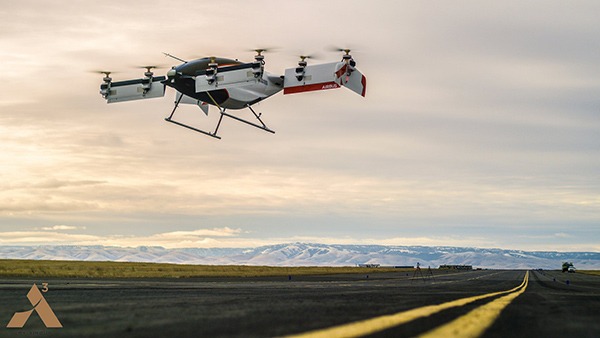
Test flight: yes
Release date: production-ready by 2020
Airbus is a big name in aviation, so it makes sense that they’re involved in this market. Their bid at creating an autonomous air taxi has made successful flights and checks all the boxes on the eVTOL wishlist: quiet, robotic, and electric-powered. Unlike many companies, which are keeping a human in the driver’s seat at first, Airbus wants to go fully automatic from the beginning, as the small seating capacity in most flying cars makes having a pilot taking up one of those seats fairly impractical.
Terrafugia: TF-X (air/ground)
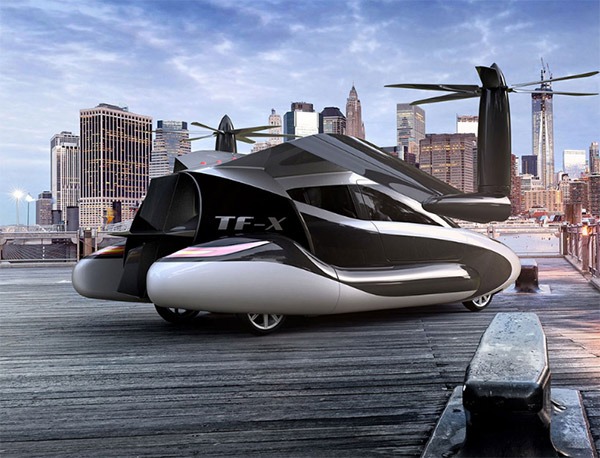
Test flight: no
Release date: unknown
Terrafugia already has a flying car, but the road-ready Transition requires a pilot’s license and runway to operate. The TF-X is the company’s long-term vision: a fully autonomous eVTOL car/aircraft that can fit in your garage. It might take up to ten years to develop, though, so in the meantime, the Transition is available for pre-orders and may begin shipping in 2019.
Kitty Hawk: Cora (air taxi)
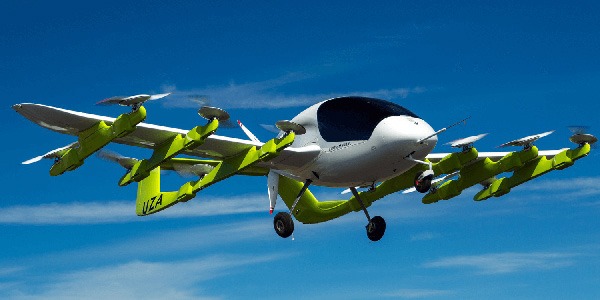
Test flight: yes
Release date: unknown
Flying car startup Kitty Hawk made headlines when it got backing from Google co-founder Larry Page (Sebastian Thrun, the other Google co-founder, is also involved), and it does look fairly impressive. It takes off vertically, but once in the air it acts more like a plane. It’s also aiming to be fully autonomous and electric and has completed over 700 test flights so far. Many have been in New Zealand, where it plans to launch first. It is also testing the Flyer, an easy-to-fly personal air/watercraft.
Volocopter (air taxi)
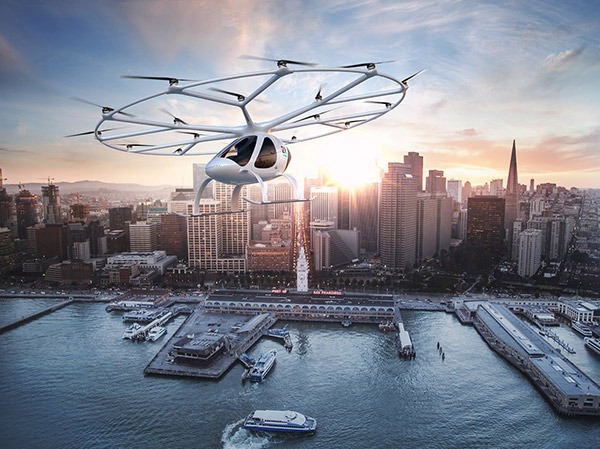
Test flight: yes
Release date: trials are underway, full-scale release sometime after 2020
German firm Volocopter is competing directly with Uber for metropolitan air-taxi dominance, and so far it seems to be ahead: it’s already completed autonomous trial flights in Dubai and Germany and plans to start testing in Singapore sometime in 2019. With eighteen small rotors going simultaneously, it looks very much like a scaled-up drone. It’s passed plenty of safety tests and plans to start building landing pad networks in the near future.
This should give you a pretty good idea of what to expect in the near future, but if you’re especially interested, the following are also worth checking out:
- Bell
- Aeromobile
- Joby Aviation
- Aurora Flight Sciences
- Urban Aeronautics
- PAL-V
- Beta Technologies
- Opener
Hype vs. red tape
As is often the case, technology has outpaced regulation here. Before we can have autonomous drones carrying people around major cities, we’ll have to be very sure that it’s safe, both for the people in the air and the people below, and that will probably take way longer than producing the actual vehicles.
In order to be deemed acceptably safe by aviation authorities, these vehicles will probably have to extend timelines and raise prices, which could be another issue: will rides be both affordable to users and profitable to the companies? Uber certainly seems to think so, but the prices, at least initially, are likely to start on the higher end. Flying cars/air taxis aren’t likely to be widely accessible for at least a decade, but they are, at least, indisputably here.
Images credits: Ehang 184, Volocopter







